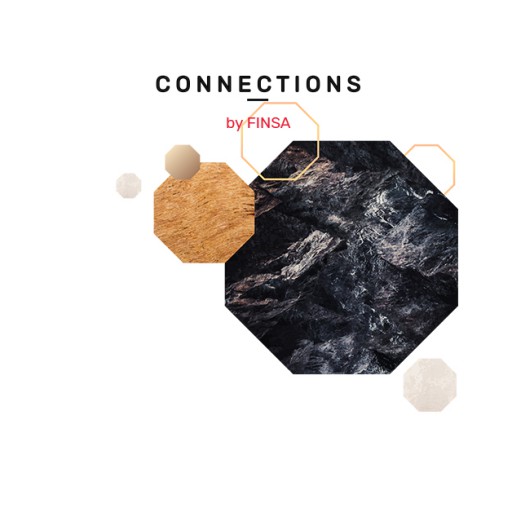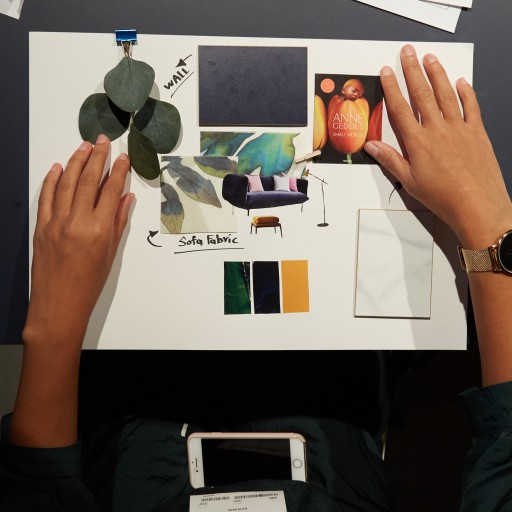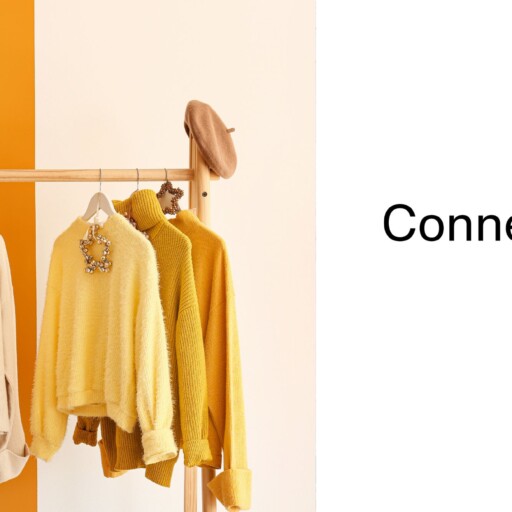Lois Guillán is an interior designer and co-founder of the Piedrapapeltijera studio in Santiago de Compostela. He is currently the head of Cucuducho, a project dedicated to the design and manufacture of furniture and toys for children. Its motto is “Diseños minúsculos, valores mayúsculos” which loosely translates to “Tiny designs for children with capital parents”.
How did the Cucuducho project come about?
Cucuducho began with the birth of my son and having direct contact with [his] childhood. The first product that we launched was a vinyl decal for children’s bedrooms. We made several drafts with Galician illustrators and we took a great deal of care with the aesthetic, but it didn’t come together.
I continued thinking about designing for children and I focused on decorative elements and furniture. What made me commit to this project was contact with more kids, looking after the environment, and concern about giving new generations a future.
Ver esta publicación en Instagram
What role does design play in the cognitive development of children?
Our designs are committed to education. That’s why we make simple pieces – we know that, once the children make contact with the products and use their imagination, they will find multiple ways to use them.
The role of design in cognitive development can be fundamental. In this way, we take the approach of visual simplicity with productive complexity. One of our objectives is for children to play in a calmer, more reflective way.
Do you keep a certain educational method in mind when coming up with your ideas?
Our designs draw on the Montessori Method and other doctrines that align with our values. We believe that more carefully designed surroundings that take into account the cognitive characteristics of children positively affect their development. The educational policies followed by countries in Northern Europe make sure that the furniture is adapted to the age and development level of the students and we also work with this in mind.
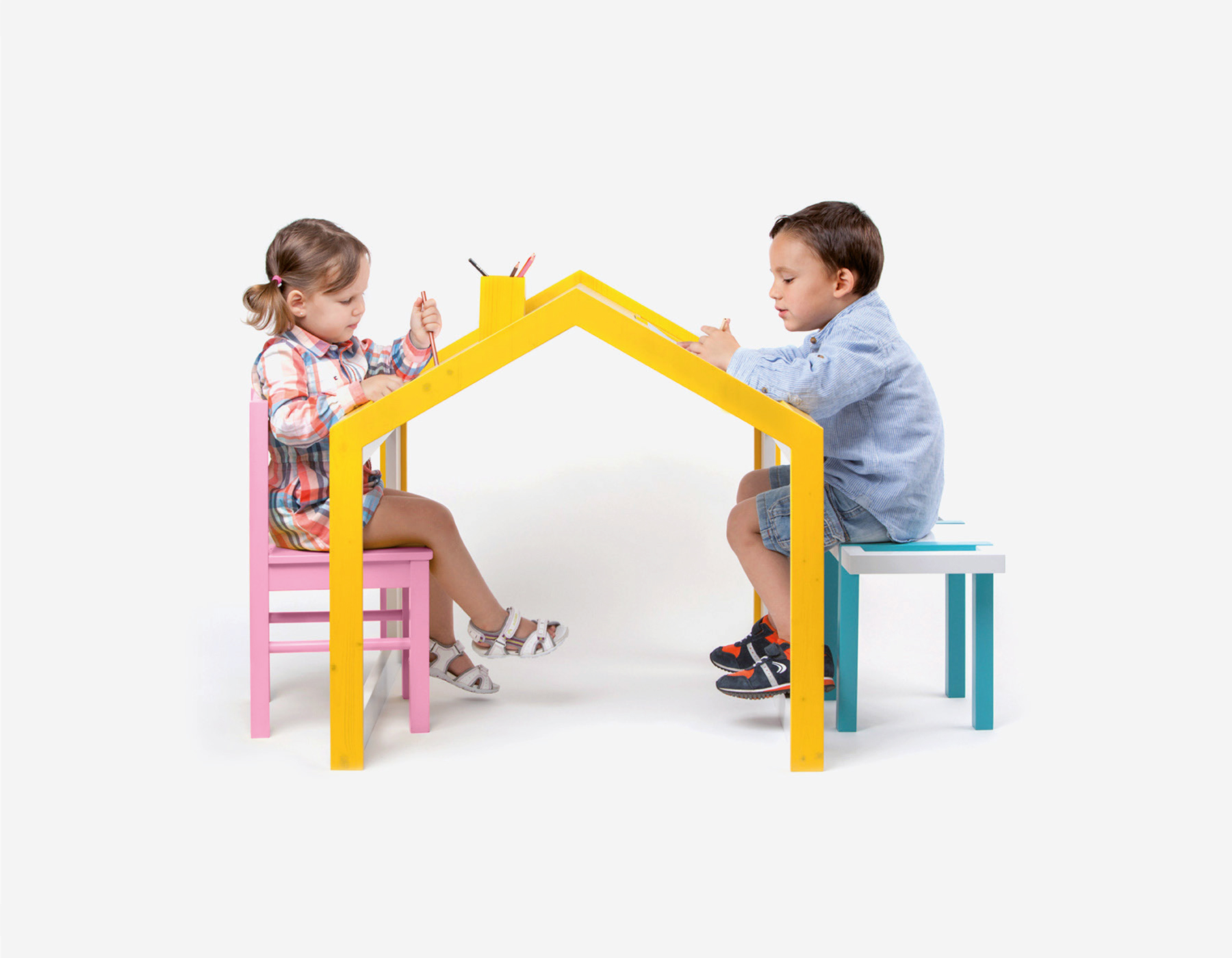
How important is it to design furniture that is the right size for children and that has elements that capture their interest?
When designing the Maijom desk, for example, we really considered its ergonomics. The design of this desk helps children maintain correct posture and this allows them to concentrate for longer on a task. The simple house-like design feels familiar to them, and they are attracted to and feel comfortable with it. This desk also provides a bit of fantasy for them, because they are writing on the roof of a house and keeping their things in the chimney.
The Maijom desk received a prize at the A’ Design Award and Competition, one of the biggest international design competitions in the world. How did this recognition come about?
The A’ Design Award and Competition organisation contacted us and we decided to present this desk at the competition. We won the prize for best children’s design in the silver category and it was the first time that a Galician project had won.
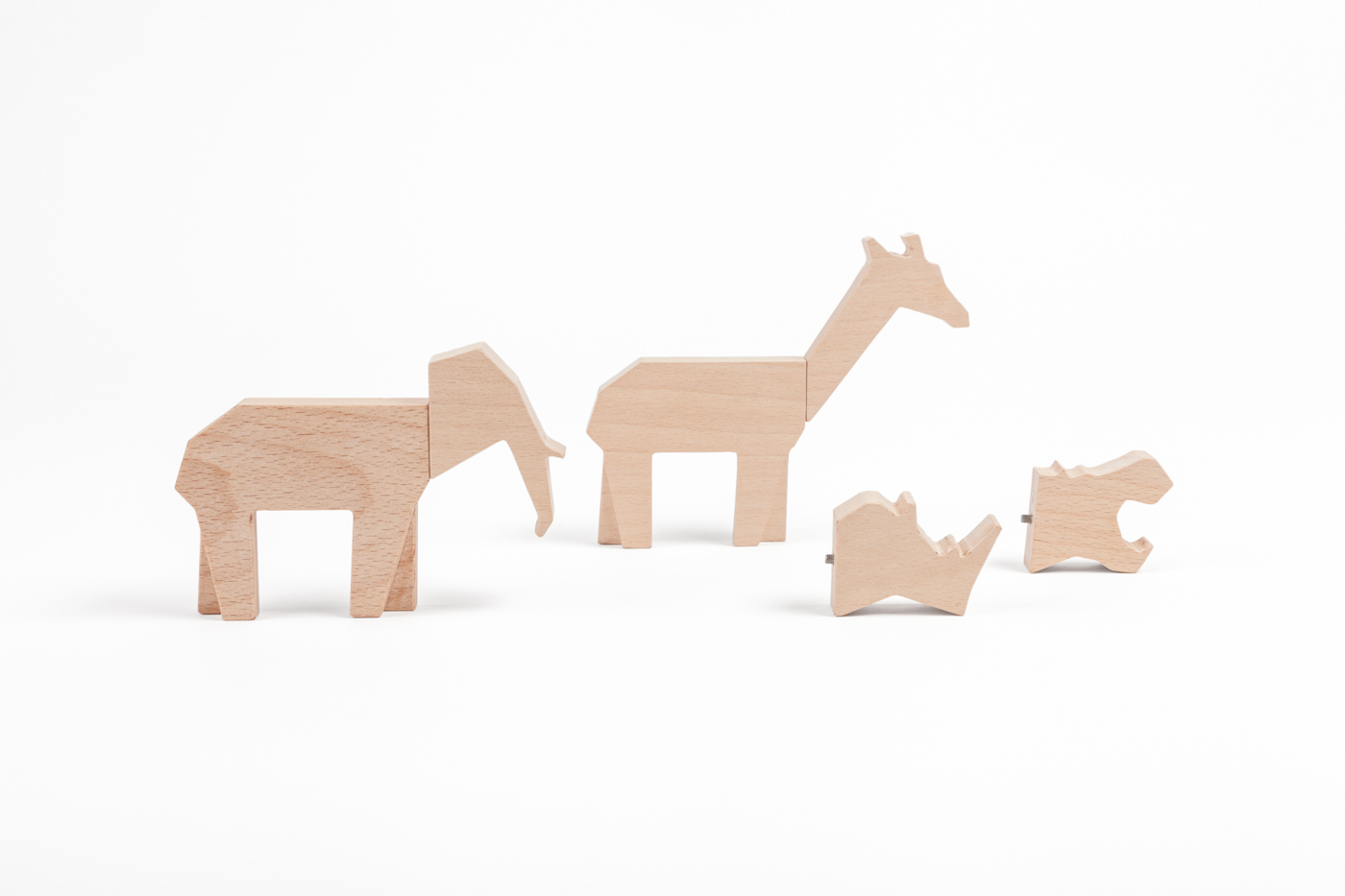
What are the elements that must be considered when designing for children?
I would highlight five elements: ergonomics, safety, visual appeal, texture, and the materials. The main ones would be ergonomics, which are adapted to the children’s size, and safety. Visual appeal is also very important so that they will want to get close to the object. Texture and materials are important because they allow for certain characteristics to be included, or not be included.
For example, Bodime is a series of animals made from natural wood to which we don’t apply any varnishes. This means that they can be coloured in and then cleaned using a wet cloth or sandpaper. At an educational level, this also teaches them that results come from effort, that if you want to have your toy return to its original state you need to work to make it happen.
What type of materials do you use?
We mainly use wood and it always comes from a certified sustainable source. For example, the FSC seal ensures that the forest and the forest workers are cared for. We also work with wood because of a local affinity with the product – Galicia is one of its biggest producers and exporters. It’s also a visually- and tactilely-rich material.
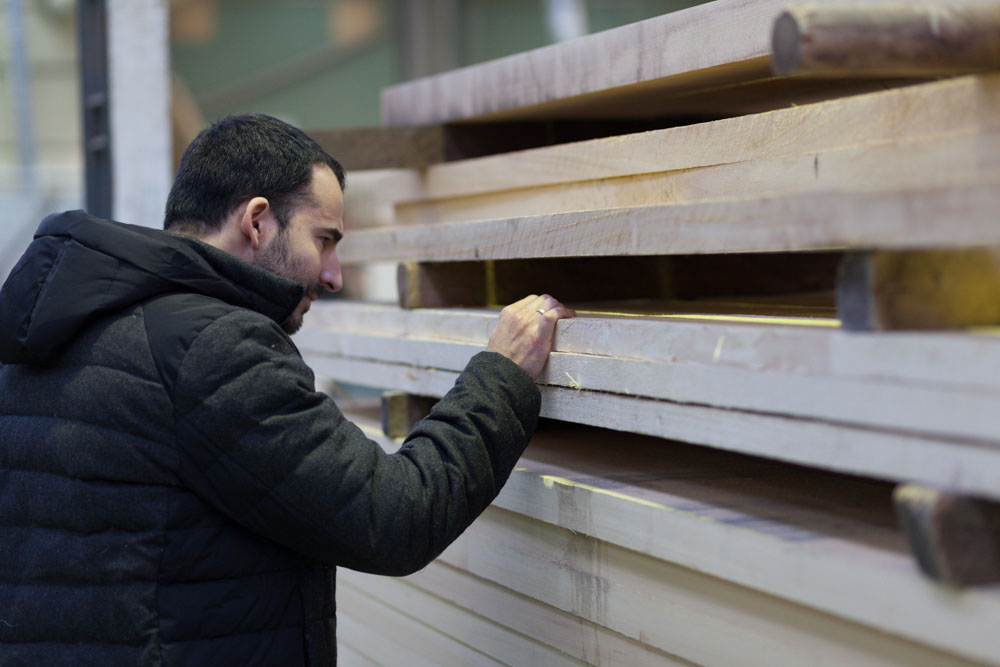
What’s your design process like?
We start with a brief, looking for information to develop the idea, and then we start making drafts. Something we try to incorporate into the design process is collaboration with other designers from different specialisations, like architects, artisans, and musicians. This gives each product some added value.
Which part of the work do you most enjoy?
The initial phase is the most appealing to me because it gives me that creative range. The uncertainty of the beginning is very interesting because you have all the possibilities in the world available to you and then you see how they come together in just one product.
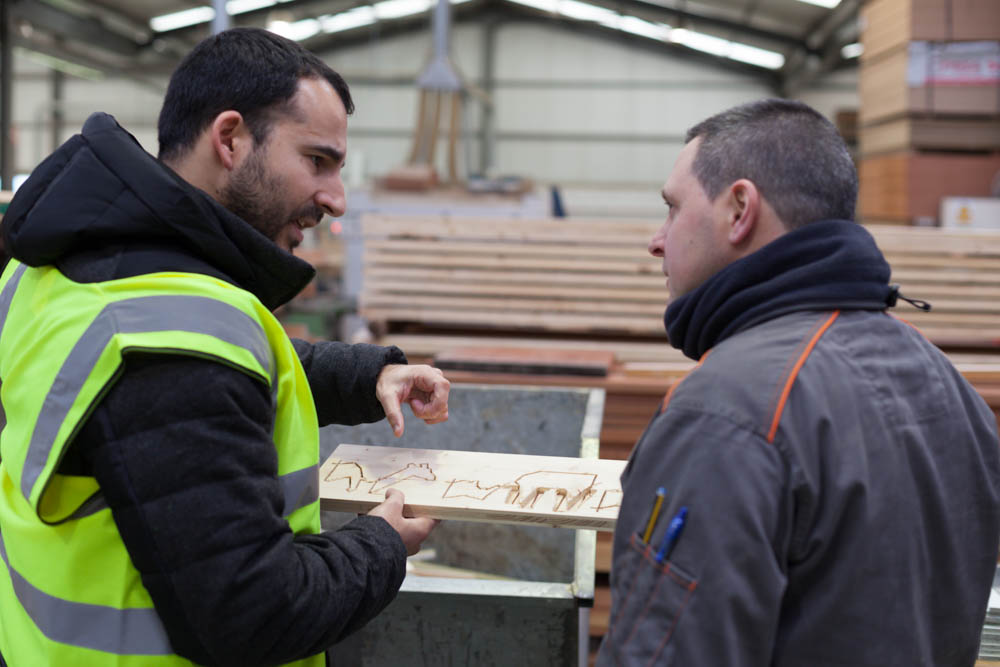
What are your sources of inspiration?
The restlessness of children, the work of my colleagues, and different educational approaches. We are always looking to Scandinavian countries because they are a huge reference point for us. But if I had to mention somebody in particular, it would be Valencian designer Héctor Serrano. He was the reason I started designing and his creations are very interesting.
Which design professional would you like to work with?
A lot of people inspire us, but there is a designer from Vigo, Tomás Alonso, who shares our vision of design. He has spent many years in London and his clients include IKEA, Camper, and Swarovski.
Are you working on any new projects right now?
Right now, we are working on optimising the Maijom desk. We have added some new chairs that are yet to be presented to the public. We want to focus on this product and try to get it into preschools.


